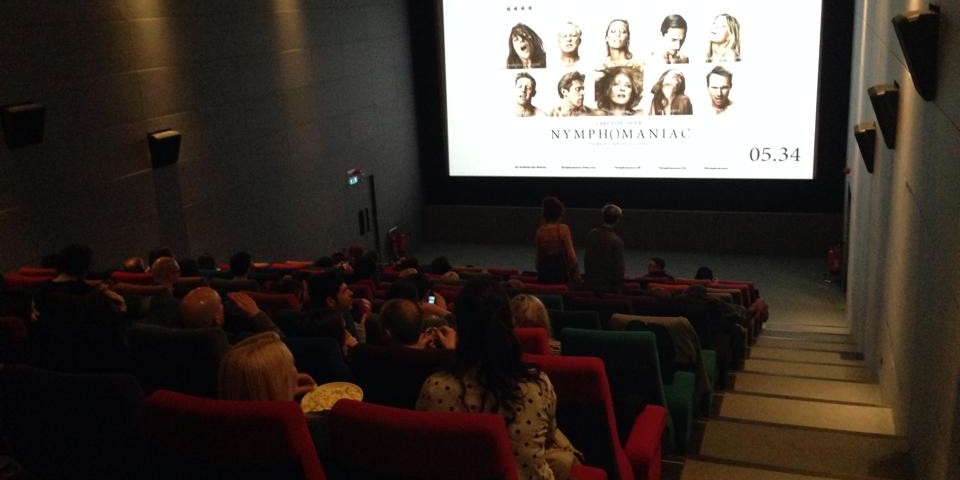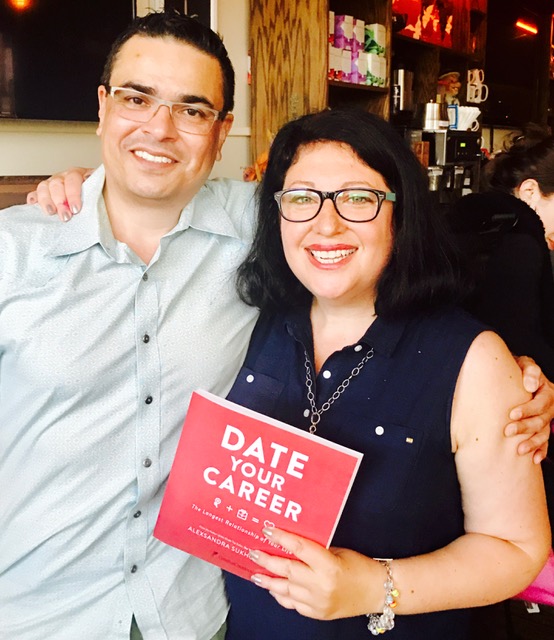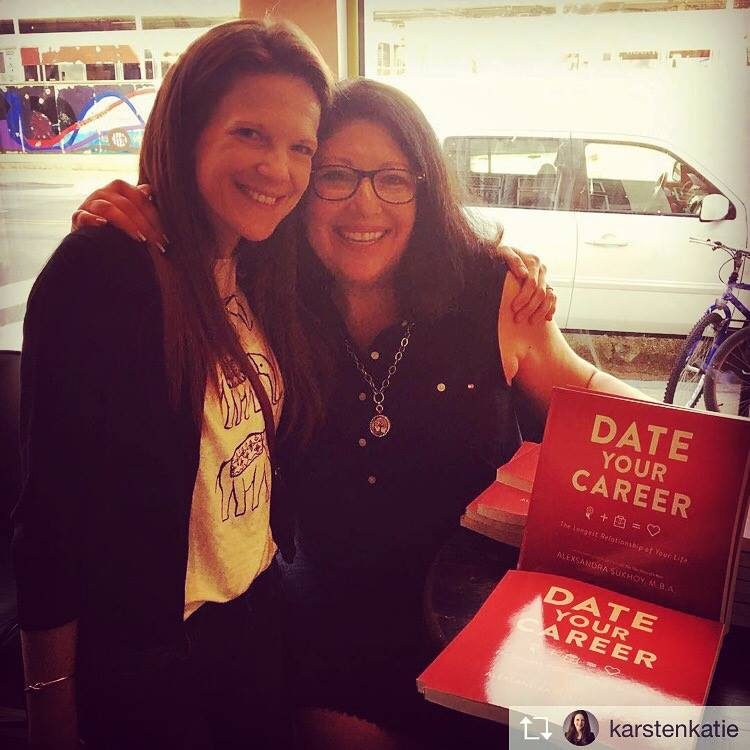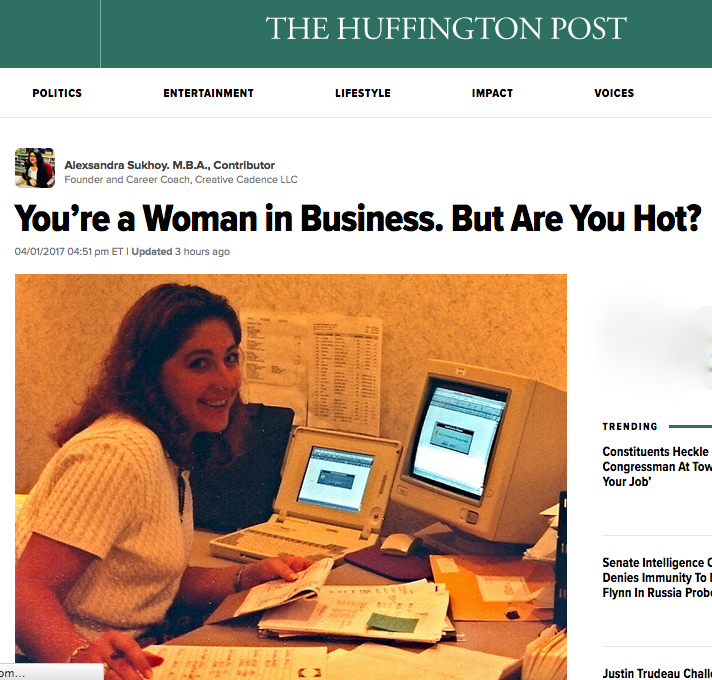- Begin Your Growth Plan Today!
- (216) 410-3825
- info@creativecadence.com
Dublin Day 18: Lars von Trier’s Nymphomaniac
“Girls can wear jeans and cut their hair short, wear shirts and boots. ‘Cause it’s OK to be a boy. But for a boy to look like a girl is degrading. ‘Cause you think that being a girl is degrading. But secretly you’d love to know what it’s like… Wouldn’t you? What it feels like for a girl.” – Charlotte Gainsbourg, The Cement Garden, 1993.
The above dialog also served as the beginning to Madonna’s 2001 hit, “What It Feels Like For a Girl” off the 2000 Music album. I didn’t know the reference until today. As I watched both Volumes 1 and 2 of Lars von Trier‘s Nymphomaniac at Dublin’s Light House Cinema, listening to Charlotte Gainsbourg voice for over five hours triggered the familiar speech pattern.
Tonight’s screening was part of a simultaneous “One Night Stand” broadcast that, anchored in a theater in Chelsea, England, also showed in 74 other theaters. We were all part of the same introduction, which began with the Chelsea patrons putting on paper bags over their heads in honor of Shia LaBeouf’s last publicity stunt.
Prior to the actual screening, while in line for the doors to open, I heard a couple in front of me speaking Russian. Once inside, the girl next to me was texting in Hebrew. Here in Dublin, Ireland, even with the JDIFF in full force, almost all the seats to Nymphomaniac were eventually packed. As the audience watched a British simulcast of a film made by a Danish director, filmed in Denmark, Germany, France and Belgium and starring English, Franco-English, Swedish, Danish and American actors.
The cast is nothing short of stellar: Charlotte Gainsbourg, Stellan Skarsgård, Shia LaBeouf, Christian Slater, Jamie Bell, Uma Thurman, Willem Dafoe, Sophie Kennedy Clark, Mia Goth, Connie Nielsen and newcomer Stacy Martin. The 2-volume, 8-part film begins when Seligman (Skarsgård), a lonely man walking his net of groceries home, finds a beat up woman, Joe (Gainsbourg), in a snowy alley. After he offers to call an ambulance or the cops, Joe threatens to vanish, so Seligman offers her a cup of tea at his nearby and modest home.
And, so begins the telling of her story, in flashback, as to how she got to the alley. Over the next five hours, as she sits in bed and he in a chair, she recounts her entire life, from her first sense of sexuality to losing her virginity (3+5, important numbers) to pick up games she and her bestie played to the impact her insatiable sexuality had on her family, her career and her life.
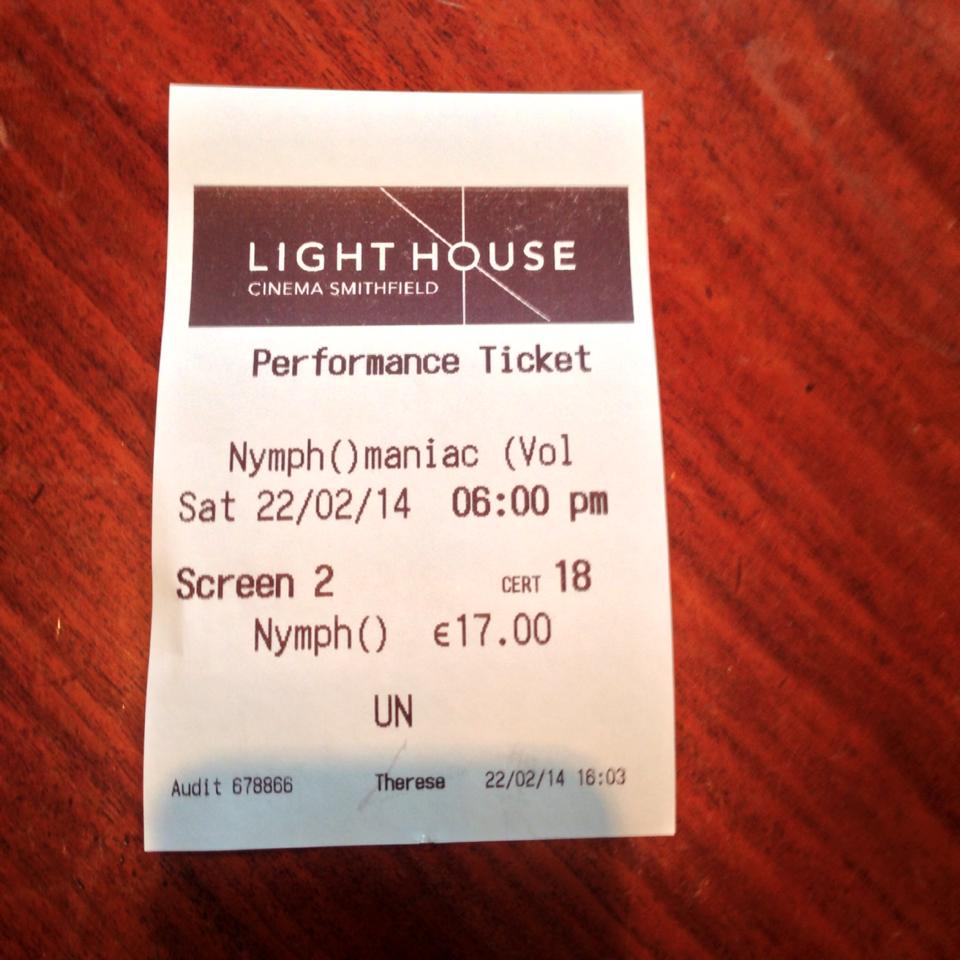 Each story, each vignette, creates a stage of exaggerated yet plausible characters playing out their most primal desires, fueled by sex, violence and money. And, as Joe reveals each chronological anecdote, in visceral and vivid detail, explicitly shown on screen, Seligman pulls out a relateable metaphor from all the literature and history he’s read over the years, connecting Joe’s unorthodox adventures with everything from fly fishing to religious mythology. Their two worlds couldn’t be more different, yet the intersection of their life paths, to date, become critical. It’s as though Ying met Yang and they had one night to sort it all out.
Each story, each vignette, creates a stage of exaggerated yet plausible characters playing out their most primal desires, fueled by sex, violence and money. And, as Joe reveals each chronological anecdote, in visceral and vivid detail, explicitly shown on screen, Seligman pulls out a relateable metaphor from all the literature and history he’s read over the years, connecting Joe’s unorthodox adventures with everything from fly fishing to religious mythology. Their two worlds couldn’t be more different, yet the intersection of their life paths, to date, become critical. It’s as though Ying met Yang and they had one night to sort it all out.
Where is this going? How does it end? What is the point?
I encourage you to go see both films and sort it for yourself. This was my first von Trier film, but his name has come up twice during my time here. Tonight, for this screening and last week when John Hurt stayed after the Only Lovers Left Alive performance. A member of the audience asked Mr. Hurt, “Why do you keep working with Lars von Trier? He’s so difficult.” Hurt’s keen reply? “Oh, is he difficult to work with?” Hurt then went on to praise the director and the professionalism and passion von Trier brings to the set.
Today, after Volume 2 ended, those of us who stuck around got to listen to the post-screening Q&A, also broadcast live from Chelsea. There Skarsgård, Sophie Kennedy Clark (B) and Stacy Martin (Young Joe) shared their experience of working with the director, referring to him as “generous, protective, and vulnerable.”
They also spoke about the moments of humor, carefully and liberally woven throughout the film. This humor, and the terrific music, including Gainsbourg’s cover of “Hey Joe,” added the right level of levity required for a film that holds nothing back when it comes to popular perversions, so to speak, of polyamory, fetishes, S&M and bisexuality. While not exactly a porn, Nymphomaniac leaves nothing to the imagination: it is bold, it is fierce, it is honest and it is deliberate.
A viewer at the Chelsea theater asked if the film is a “feminist manifesto.” While a smart and intellectual question, the answer will certainly ride in the mind of each viewer. Each viewer who is allowed to watch it, that is. As of tonight, on IMDb, the film, scheduled for US release on March 6, is NR in the States. Given all the front male nudity, an absurd double-standard in the American cinema ratings game, which is quite comfortable at objectifying women but gets all twitchy when it comes to the same for men, it’s unclear if the movie (unless edited to pacify the morality police hypocrites) will earn the NC17 rating, already the kiss of death for the box office, or, worse, the notorious X. Because in America, we can show blood and gore and violence – in film, on TV and in video games – but sexuality, especially a woman’s sexuality, on her own terms and not as an object, but as the subject of her own life choices, well that makes most of the population quite uncomfortable.
This film is questioning the questioning of it all and flips our notions upside down. The very last fifteen minutes deliver the thesis and Lars von Trier does is masterfully.
Stellan Skarsgård, during the Q&A, said it best: “Sexuality is still extremely controversial. We all do it. What’s the big deal?”



